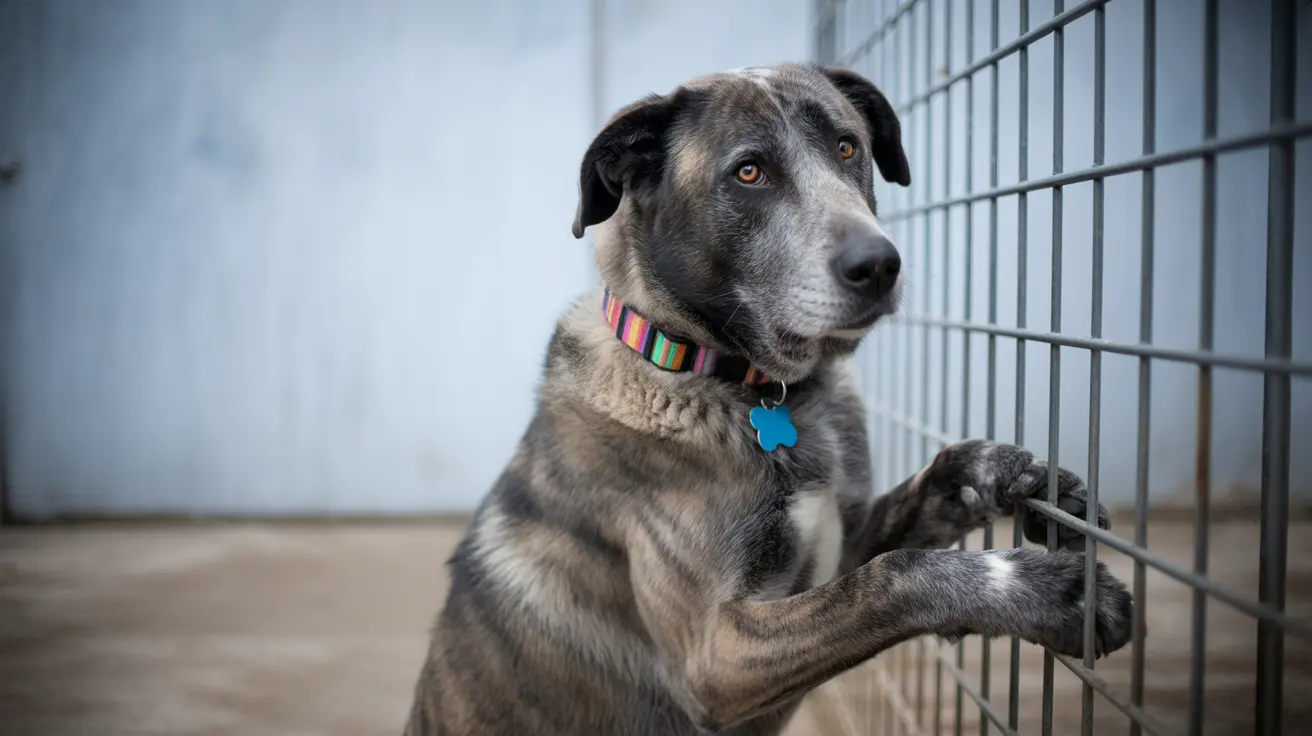How AI Can Accurately Identify a Cat
The integration of Artificial Intelligence (AI) into daily life now includes the remarkable ability to identify animals — especially cats — with impressive precision. Leveraging computer vision and deep learning, AI systems can now accurately recognize a wide variety of cats, their breeds, and sometimes even their emotional states.
How AI Recognizes Cats
AI uses a range of technologies, most notably machine learning (ML) and convolutional neural networks (CNNs), to identify cats in photos or videos. Here's how it works:
- Image Input: A cat image is fed into the system.
- Data Processing: The image is analyzed by algorithms trained to detect patterns such as fur texture, ear shape, and whisker placement.
- Classification: Based on learned criteria, the AI assigns a label — typically identifying whether the animal is a cat, and quite often, the breed or specific characteristics.
Training AI to Identify Cats
To effectively identify cats, AI models must be trained using large datasets such as ImageNet or custom datasets labeled by human experts. These datasets include thousands of cat images with annotations explaining what is in each photo. Key processes include:
- Supervised Learning: AI learns from labeled data to distinguish unique feline features.
- Deep Learning Layers: Each layer focuses on specific image details — from edges and colors to high-level patterns like nose or eye shapes.
- Model Optimization: After training, models are fine-tuned to eliminate False Positives and improve accuracy.
Applications of Cat Identification AI
AI's cat recognition capabilities aren't just for novelty; they have practical uses in various fields:
- Pet Health Apps: Apps can identify a specific cat and track its behavior or health statistics.
- Home Security: Systems integrate AI to differentiate between a cat and an intruder — reducing false alarms.
- Animal Shelters: AI helps recognize lost pets from submitted photos.
- Robotic Toys: Some smart toys use AI to detect when a cat is near and interact accordingly.
Challenges in AI Cat Recognition
While AI excels in cat identification, some obstacles persist:
- Diverse Appearances: Cats vary massively in size, color, and pose.
- Environmental Factors: Lighting conditions, background clutter, or partial obstructions can reduce accuracy.
- Similarity with Other Animals: Some small dog breeds resemble cats, confusing poorly trained models.
Improvements and Innovations
Ongoing advancements aim to bolster AI cat identification:
- Transfer Learning: Pre-trained models are adjusted for cat-specific datasets, saving time and improving results.
- Multimodal Inputs: Using both image and sound analysis to optimize identification.
- Edge AI: Enables real-time identification on mobile or embedded devices without relying on cloud computing.
The Future of Feline Recognition Technology
As models become increasingly powerful and datasets grow more diverse, we can expect AI to reach near-human levels of cat recognition. This could benefit not only homeowners and pet lovers but also wildlife researchers and veterinarians. Some predicted developments include:
- Touchless Identification: Scanning a cat's face or iris to confirm identity, ideal for multi-cat households.
- Behavioral Analysis: AI that not only sees a cat but understands what it’s doing — sleeping, hunting, or playing.
- Integration with Smart Homes: Feeding systems recognize specific cats and dispense individual portions.
In conclusion, identifying a cat is no longer just a human endeavor. With increasing sophistication, AI technology has confidently entered the realm of animal recognition. It’s a testament to how intelligent machines are becoming, and how they can enhance human–animal relationships with precision and care.





